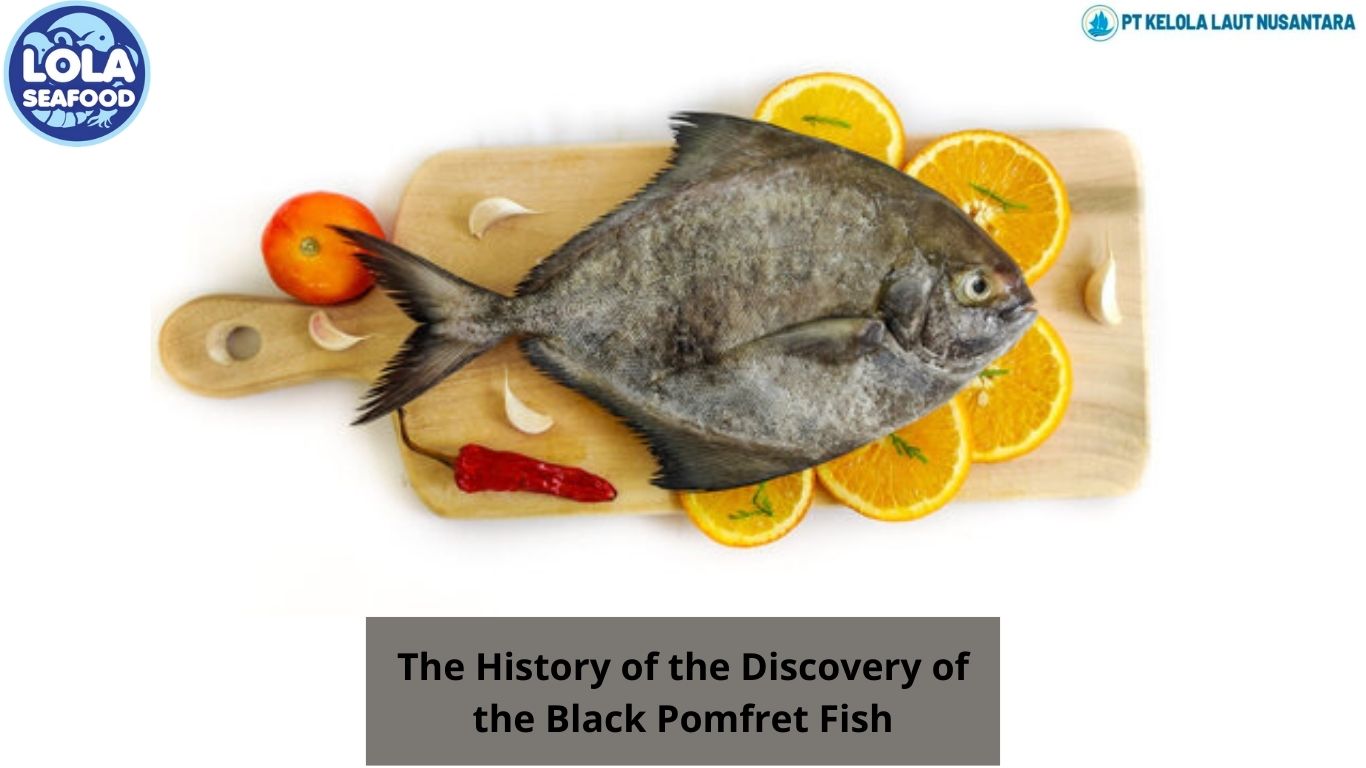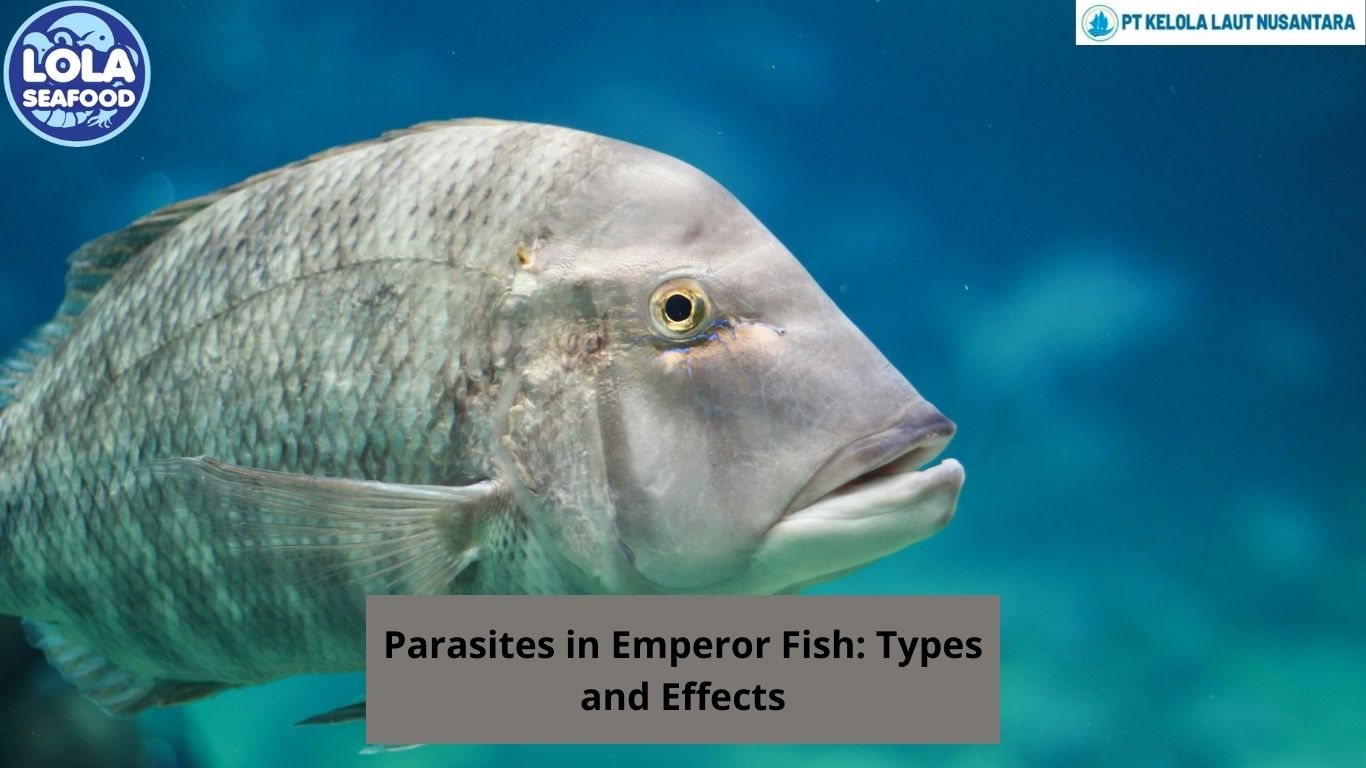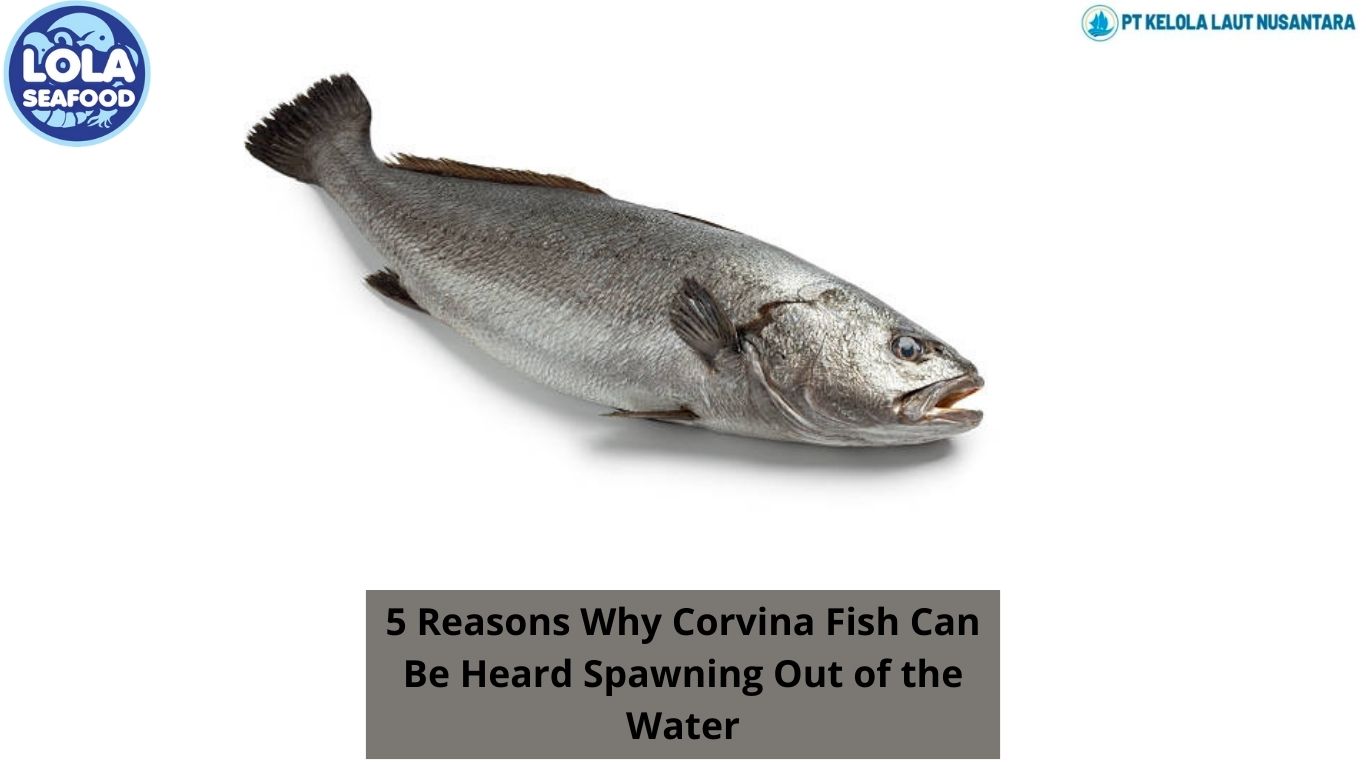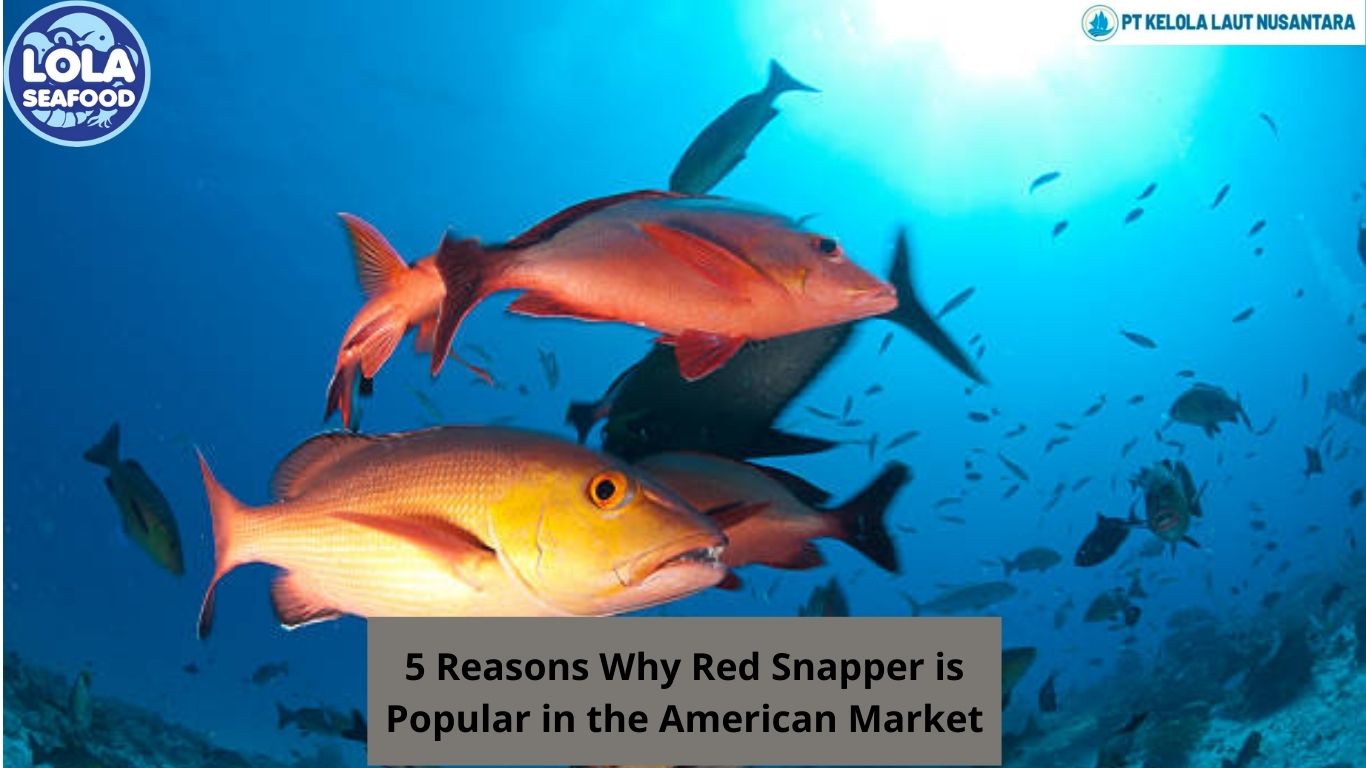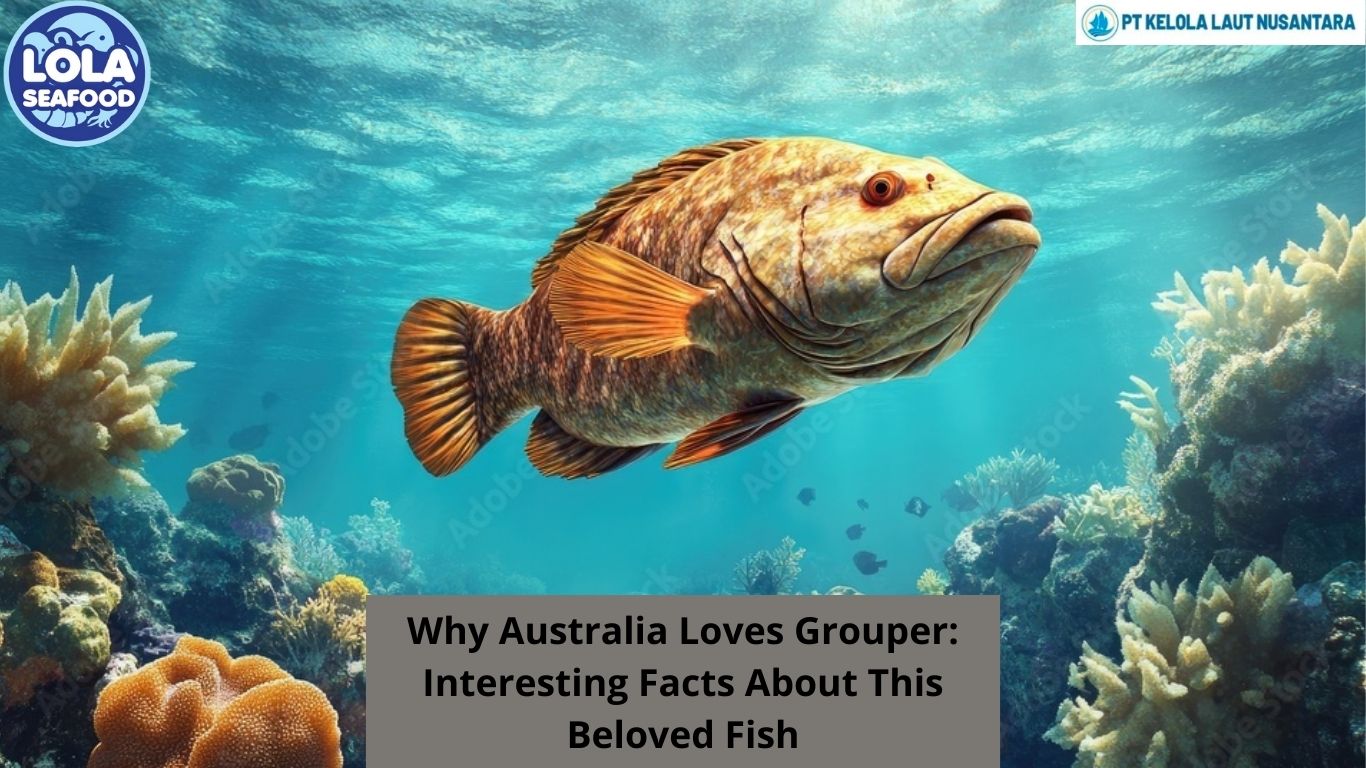Here Is the Grouper's Hidden Secret: The Mysterious Giant of The Ocean
By. Nugroho Luhur - 12 Feb 2025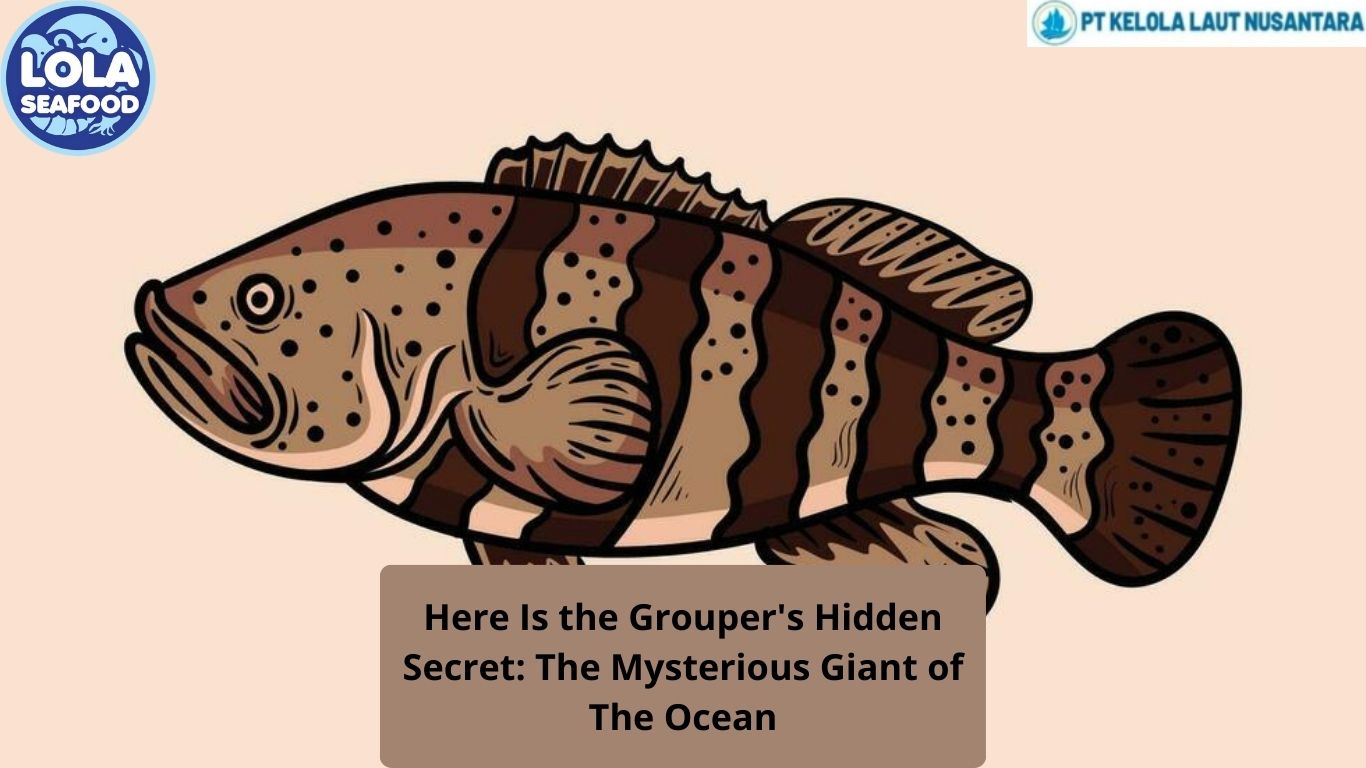
Kelolalaut.com Beneath the surface of the world’s oceans, lurking among coral reefs and rocky seabed’s, lives one of the ocean’s most fascinating yet enigmatic creatures—the grouper. These large, robust fish play a critical role in marine ecosystems, yet their behavior, biology, and survival tactics harbor a wealth of secrets that scientists are only beginning to understand. From their astonishing ability to change sex to their surprising hunting partnerships, here are some of the most intriguing secrets of groupers.
1. Masters of Transformation: The Grouper’s Gender Switch
One of the most astonishing aspects of grouper biology is their ability to change sex. Many species of grouper are protogynous hermaphrodites, meaning they start life as females and transition into males as they mature. This transformation is typically triggered by social and environmental factors, such as the absence of a dominant male in a particular group. The process, which can take weeks to months, allows the species to maintain a balanced population and ensure successful reproduction.
2. Cooperative Hunting: A Strategic Alliance with Moray Eels
Unlike many solitary predators, some groupers engage in strategic partnerships with other marine species when hunting. One of their most remarkable collaborations is with moray eels. While groupers are powerful swimmers, their bulky bodies make it difficult to chase prey into tight crevices. Moray eels, on the other hand, are slender and can slither into hiding spots. When hunting together, a grouper will signal a moray eel using a head shake or body movement, encouraging the eel to flush out prey from coral reefs. This mutually beneficial relationship increases the hunting success of both species and is a rare example of interspecies cooperation in the animal kingdom.
3. Low-Frequency Communication: The Grouper’s Secret Language
While many marine animals rely on visual cues, groupers also use sound to communicate. Some species produce low-frequency grunts and booms, which they use during courtship, territory defense, and group coordination. These vocalizations, which are created by contracting muscles around their swim bladders, can travel significant distances underwater, allowing groupers to send messages even in murky environments.
4. Ancient Giants: Longevity and Growth
Some species of grouper, such as the Goliath grouper, can live for more than 50 years and grow to over 8 feet in length, weighing up to 800 pounds. Their slow growth and long lifespan make them highly susceptible to overfishing. Since they take years to reach reproductive maturity, excessive fishing can lead to population declines that take decades to recover.
5. Mysterious Spawning Aggregations
Groupers often exhibit a fascinating reproductive behavior known as spawning aggregation. At specific times of the year, often linked to lunar cycles, thousands of groupers travel great distances to gather at precise locations for mass spawning events. These gatherings, sometimes involving different species, ensure genetic diversity and increase fertilization rates. However, this predictable behavior also makes them vulnerable to fishing, as entire populations can be wiped out if targeted during spawning periods.
6. Masters of Camouflage and Ambush Hunting
Despite their large size, groupers are masters of camouflage, blending seamlessly with their surroundings. Many species exhibit color-changing abilities, allowing them to adjust their hues to match the coral or rocky environments in which they live. This helps them evade predators and ambush unsuspecting prey. Groupers are known for their lightning-fast strikes, using their cavernous mouths to create a vacuum that sucks in fish, crustaceans, and even octopuses in the blink of an eye.
7. The Threat of Overfishing and Conservation Efforts
Many grouper species face significant threats due to overfishing and habitat destruction. Because they are slow-growing and reproduce late in life, excessive fishing pressures have led to population declines worldwide. In some regions, strict regulations, marine protected areas, and seasonal fishing bans have been implemented to help conserve these remarkable fish. Sustainable fishing practices, coupled with increased awareness, are crucial for ensuring the survival of groupers for future generations.
Groupers are among the ocean’s most captivating creatures, possessing remarkable adaptations and behaviors that continue to surprise scientists and divers alike. From their ability to change sex and collaborate with eels to their deep-sea vocalizations and ancient lifespans, these fish play an essential role in maintaining the balance of marine ecosystems. By understanding their secrets and working to protect them, we can ensure that these majestic giants of the deep continue to thrive for generations to come.
If youre interested in our Grouper Fillet Skinless, Grouper Black Dotted Whole Round, and Grouper Fillet Portion Cut please do not hesitate to contact us through email and/or whatsapp
